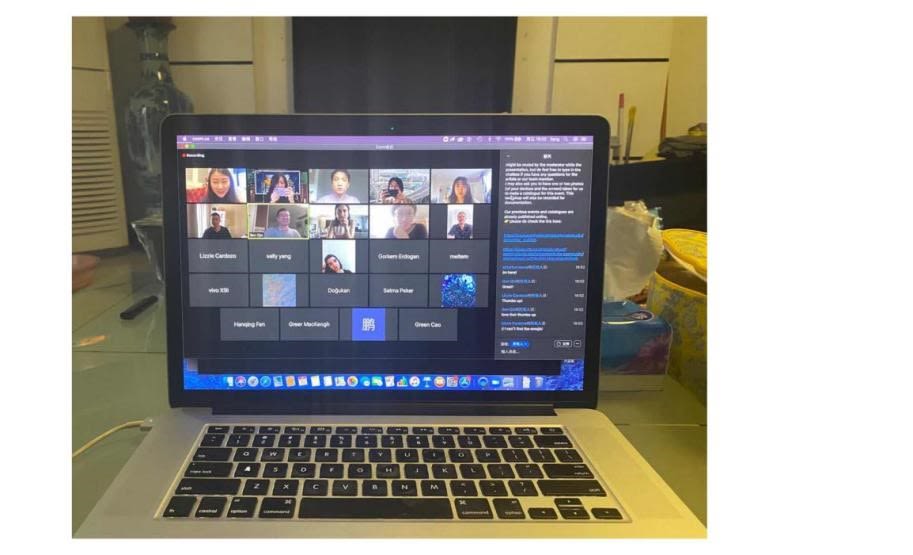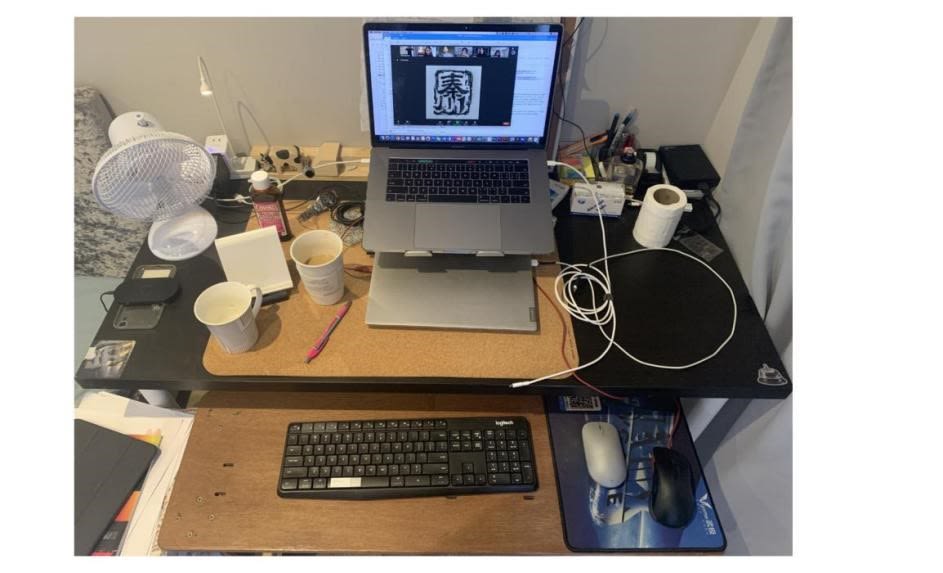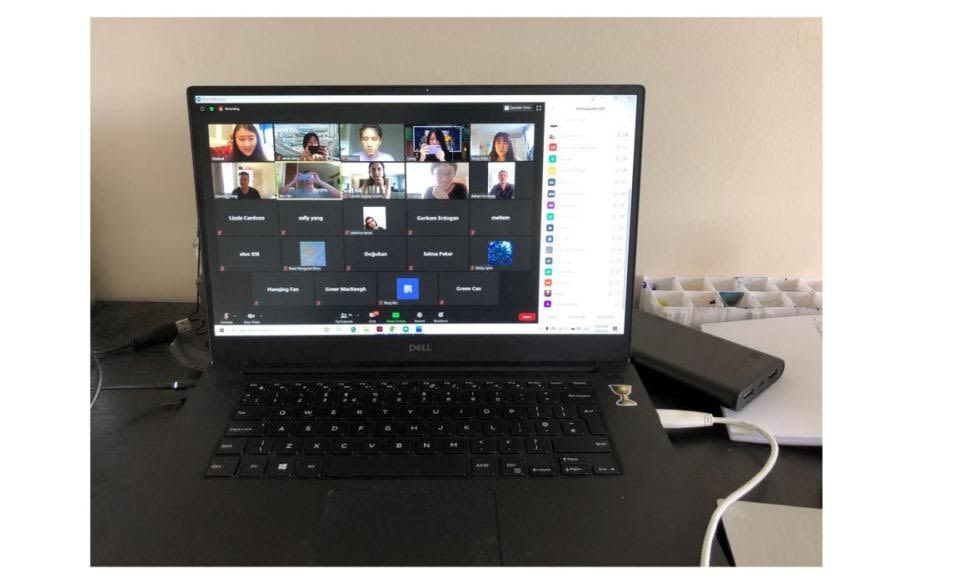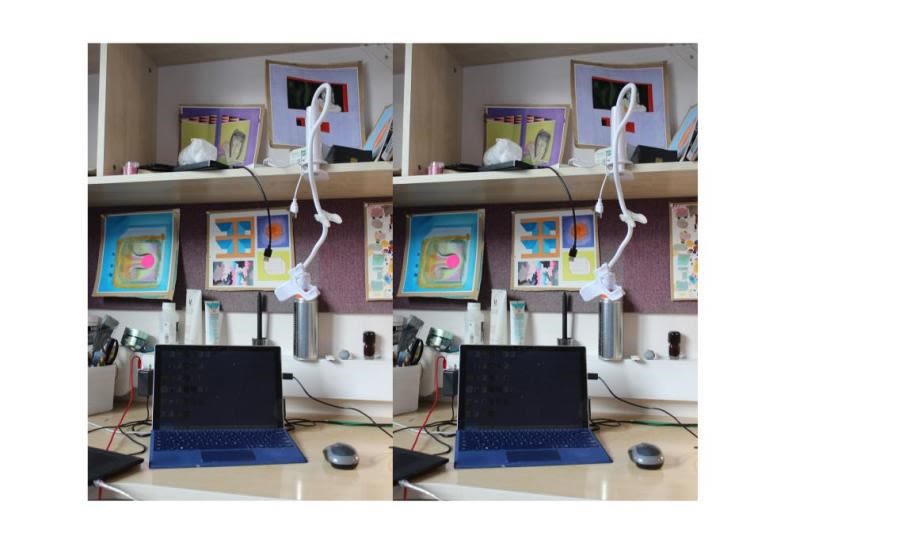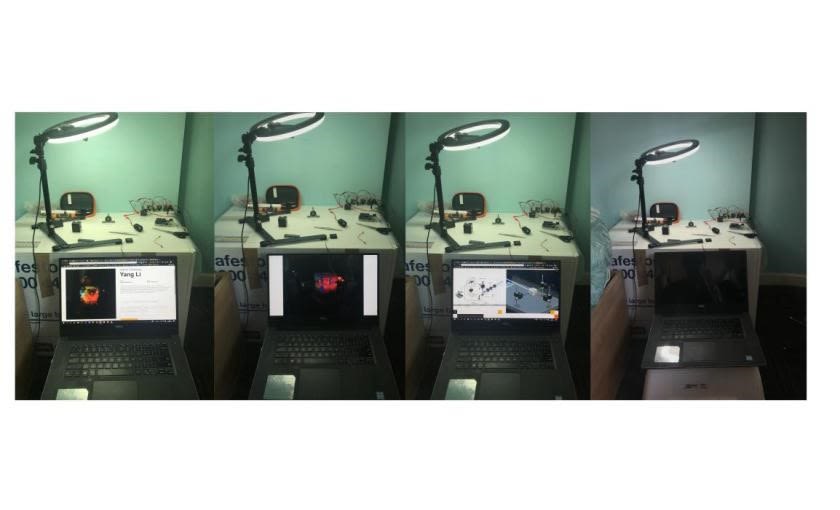Ways of Presenting Art in Isolation is the second event of the CLAYPLUS project. Together as Clay+ team, we make art by holding workshops and curating projects. We generate discussions from working with clay and other materials such as resin, leaves and textiles in specific sites, as a way to reflect the current social conditions and exploring new potentials of the art world. These sites also provide continuous inspirations to the participants.
CLAYPLUS online live stream is generated from the idea of the clay tablet as a way of documentation. In considering the boom of social media and the efficiency of the internet dissemination, messages have been transformed into and documented as still and moving images over the internet. The rapid development of video applications are changing our ways of communication and documentation. Therefore, we invited artists and designers to live stream their work, studios or work-in-progress over zoom, as a way of documentation and the reflection during this special period.
Dating back to April 2020, all seminars, tutorials and meetings have been moved online. We use live stream as a tool to stay connected. We depend on live stream and social media to know what is happening outside the house. It is my impression that we entered a new temporality, and whilst working form home we found our own individual rhythms which exceeded the old. The long discussed ‘work form home’ became an abrupt reality.
However, as time goes by, we may find that this new form of virtual connection and communication might be a “trap.” On the screen, we can only see the happenings inside the frame. There is no physical connection, no smell, no extra information, no deep connection, and no accidents. People on the screen are a two-dimensional pixel matrix. We send an invitation link and wait for a reply. Waiting is much harder. We are getting lazy. Some people choose not to turn on the screen. This is not social phobia but “screen phobia”. There is something “good” however, we have many more excuses. We can blame it on the poor internet connection, transmission delay, or having a bad mood.
In the art world, live stream creates another power relationship, through voice. As a result, attention produces authority. Live stream and online platforms can be great tools for gathering people together, sharing ideas and communicating, but, it shuts down experience and creates anxieties.
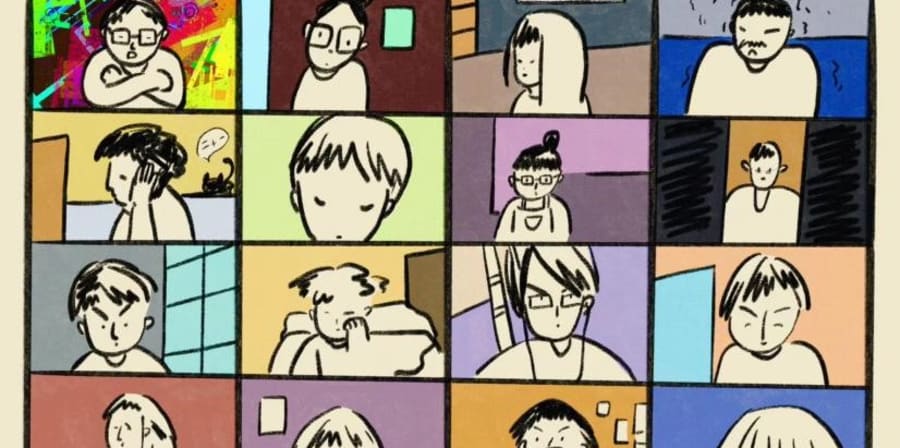
Documentation:
“Everything is recorded, intended or not. Whatever happened on the screen are all documented through a single click. The face to face communications were recorded in our brain and cells that form memory, then turning into our habit and instinct. Interpretative documentation becomes a creative complex in the process of getting a satisfactory objectiveness. It is hard to forgo subjectivity, the stereotype. When all the interactions and communications are pushed to hold online, our engagements are largely shifted from experiencing to watching and the computer automatically recorded everything we've potentially looked at. What is left for the human eyes to remark? ”
As the photographer of Clay+ team, Yu Leng intends to use this live stream event to reflect and disclose the post-internet dilemma.
Is everything recorded?
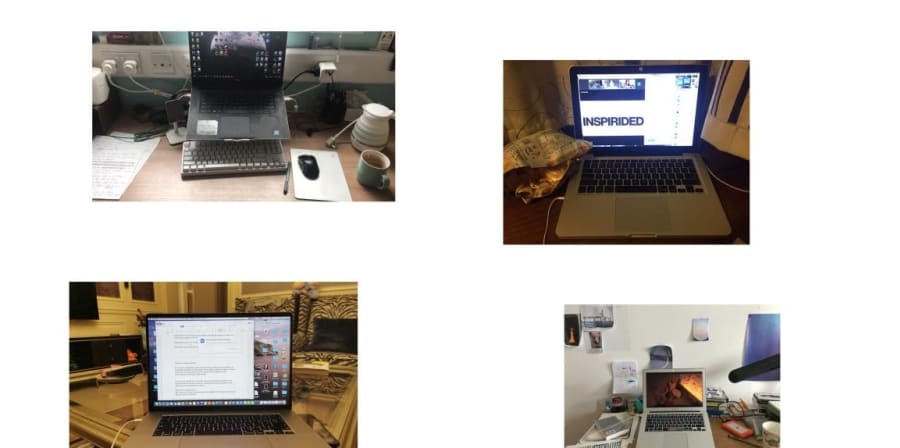
Host:
CLAYPLUS team
Manqiao Fang, Yang Li, Qinming Feng, Chuan Qin, Ke Wang, Liang Xiao, Catarina Neves, Sally Yang, Rikki Henry, Eliza Colin, Yu Leng, Simin Zeng, Dorisluming
Supported by:
Broadcaster list:
- Cemile (Cemile website, cemiledahye@gmail.com)
- Simin Zeng (Simin Zeng Instagram)
- SiZuo Chen (SiZuo Chen Instagram,SiZuo Vimeo)
- Liang Xiao (Liang Xiao website,Liang Xiao Vimeo)
- Yang Li (Yang Li Instagram)
- Liz (Liz Instagram)
- Qinming Feng (Qinming Feng website,Qinming Feng Instagram)
About Previous CLAY+ project:
Previous Clay+ Open Calls:
- Open call to join Clay+ Project Team (Jan 2020)
- Call for participants - LIVE STREAMING: Ways of Art Documentation in the Digital Age (Jun 2020)
Post-Grad Stories
A thriving online magazine of our postgraduate student voices sharing thought-provoking experiences, practices, thoughts and articles about what matters to them.
Open Call: Student stories/shares during COVID-19 Outbreak
Want to write an article? Get in touch with the Post-Grad Community team PGCommunity@arts.ac.uk


